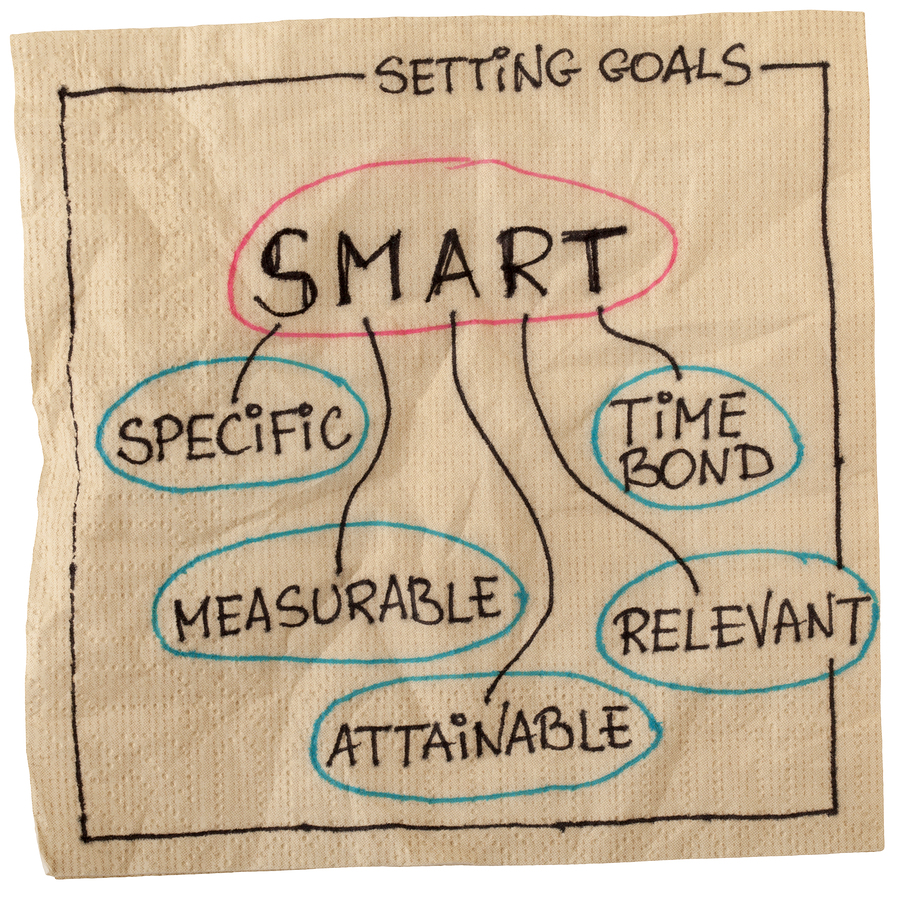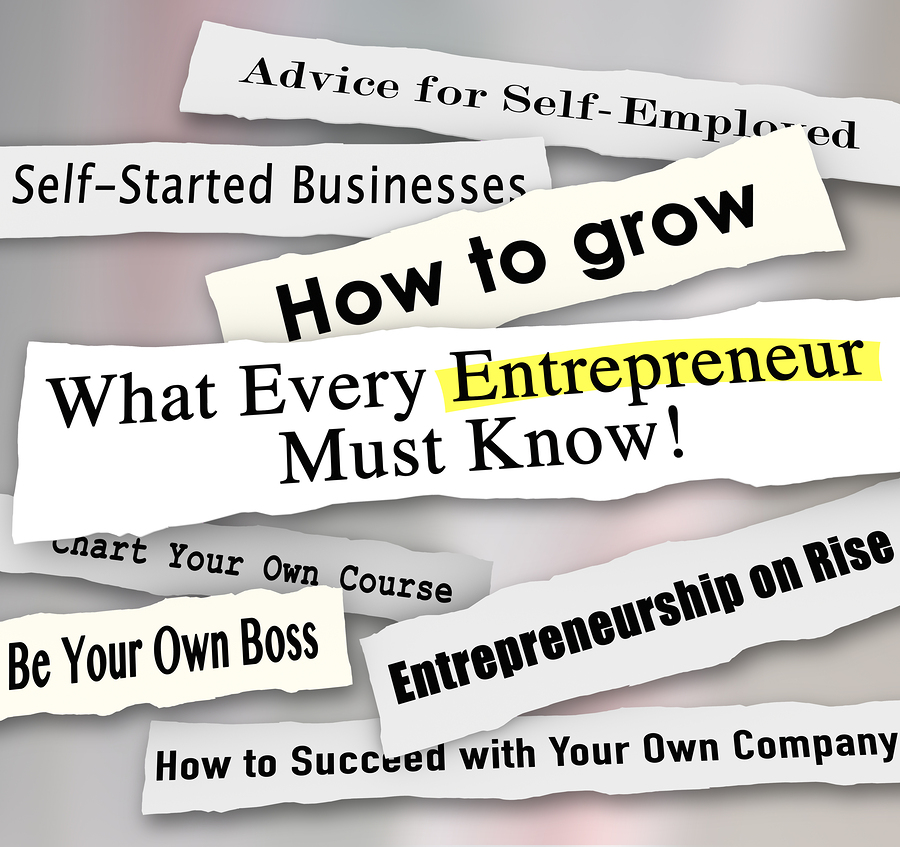Entrepreneurship is about more than checks and balances. It is about more than employees, ideas, or even getting those ideas to market. It is about setting and achieving goals.
Goal-setting is one of the most critical skills that entrepreneurs and businesses have at their disposal that doesn’t cost anything. All it takes is some time that you take out of your schedule to think about where you want to go with your dreams.
Entrepreneurship is about steering your ship and about setting the pace for the future. So what do you want your future to be for your business? Where do you see yourself in one year, five years, or even ten years? It’s important to assess what you are doing and how successful you think you are now, as well as prognosticate where you hope to be in a few years.
Most experts in time management and business planning state that you should have a plan that will take you at least into the next 12 months and that you should have smaller goals or milestones that you achieve along the way. One of the first questions that Mark Cuban always asks his entrepreneurs on “Shark Tank” when considering investing in their companies is, “What have your sales been in the past 12 months?” The next question he usually asks is, “What are your predicted sales for the next 12 months.”
He does this for a reason. A 12-month period can produce a lot of changes, either right or wrong and much of this depends on your goals and your ability to keep your eye on the ball.
But how do you pull it all together so that you can feel confident that you are coming up with some valid goals that are both challenging and attainable for your business?
These goal-setting tips may help you to achieve this while keeping your eyes on the long-term target.

Define your goals.
One of the things that you should do is to define your goals. Think about where you want to be in a few months or years and write down the most important goals for your life. When you define your goals, think about what each goal will achieve for you and think of a plan on how to get there.
Make your goals specific, not general
The more specific your goals are, the more likely you are to turn them into actionable concepts. Use verbs to describe what you will do to achieve them and make this a part of your daily “to do” list when possible. Everything you do should take you closer to your goal or, at the very least, not further away from it.
7 More Fast and Furious Goal Tips to Follow
1. Set achievable goals.
One important thing to remember is that you set achievable goals that you can realistically reach. Even if it takes some time to do it, you need to make sure that your goals are reachable. If you make them too hard to reach, it will do nothing but discourage you, and it can cause some people to give up altogether. So make your goal reachable but challenging and set a timeline for the accomplishment of each one.
2. Make the target slightly higher than your last goal that you achieved.
If you think of goal-setting as an ongoing thing rather than a one-time event, you are better off. In reality, it is more than a one-time thing. Once you reach a particular goal, it’s a good idea to make your next goal slightly more challenging than the one you achieved before. This will keep you moving forward with your goals and keep you trying for higher milestones with each passing day.
3. Use tools like Trello to plan your projects and break them down into smaller jobs.
Trello is a fantastic goal-setting tool that helps you create goals and timelines for your projects. It is highly project-oriented and helps you set exact timelines and deadlines for projects, name the projects different titles for identification and move toward completion. One of the best aspects of this nifty tool is that it gives you three major columns to work with: “To Do,” “Doing,” and “Done.” You can pick up the individual “cards” and move them to the “Doing” column when they are in progress and to the “Done” column once they are completed. This is an excellent way to track your progress on any goal and keep you working on important projects that will help you reach your bigger goals.
4. Use your Trello list to create your daily “to do” lists and calendars.
If you do use Trello (or any other similar tool), you can use your Trello projects list (the specific tasks) for your daily “To Do” lists and calendars. This will create actionable tasks regarding your goals that you can focus on that correlate exactly with your goals and tasks from the Trello program. By using tools like Trello along with your goal-setting habits, you will know that you are working toward your goals bit by bit. Trello allows you to set deadlines for achievement as well so this keeps you on target and assures that you are getting things done in a reasonable period.
5. Be flexible.
Entrepreneurship is a career that requires you to be flexible at all times. Goal-setting is no different. Always be open to change and look for ways that you can use the tools and resources you have to change what needs to be changed to reach your goals.
6. Reward yourself after achieving small goals. Use basic psychology to reward yourself with various treats that you find rewarding after achieving certain milestones. Remember that the goals that you achieve that you reward yourself for do not always have to be huge accomplishments. Simply doing something like reconciling your books, creating a new logo, or sending our email campaign letters are enough to say that you have achieved a smaller goal that is leading you to your big goal of improving your business.
7. Believe in yourself and learn from failures.
Remember that, just like entrepreneurship is never only about success, it is also never all about failure. You will have failures along the way that may make you feel discouraged or upset that you are not achieving all that you want to achieve. But if you pick yourself up and keep going, you will be glad that you did down the road.

Entrepreneurship is a journey and goal-setting is one of the most important aspects of running a business. Every day is a unique challenge that you face with tough skin and resolve to succeed. But realizing that the occasional obstacles and failures are a part of the process will keep your eye on the ball.
By taking some time each week to assess how far you’ve come and where you want to go next, you will achieve all that you want to achieve, one step at a time. And with time and experience, you will come to realize that there is neither a success or failure that is permanent. It’s all just a part of the journey.
